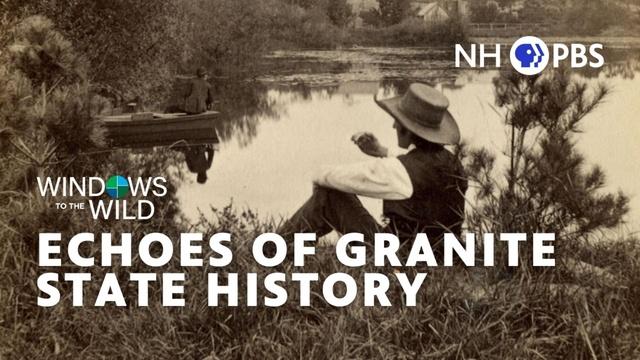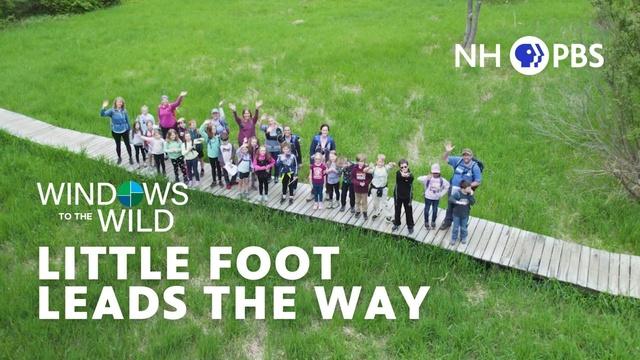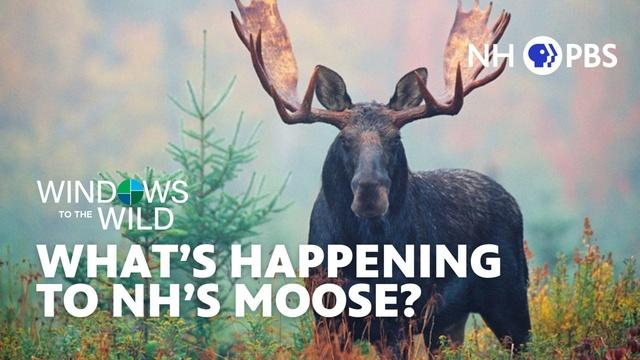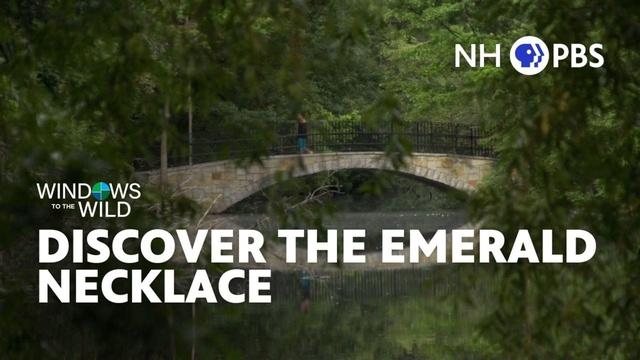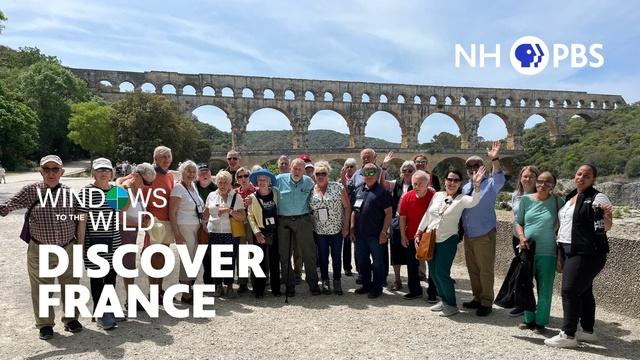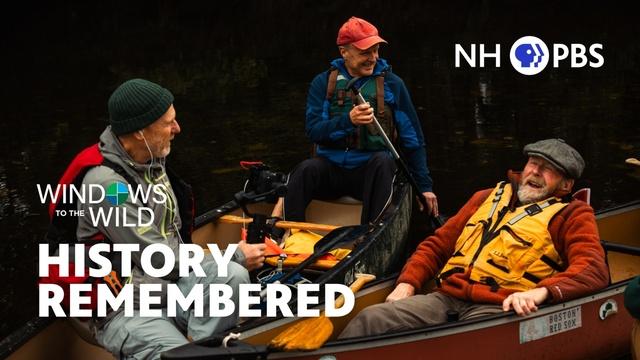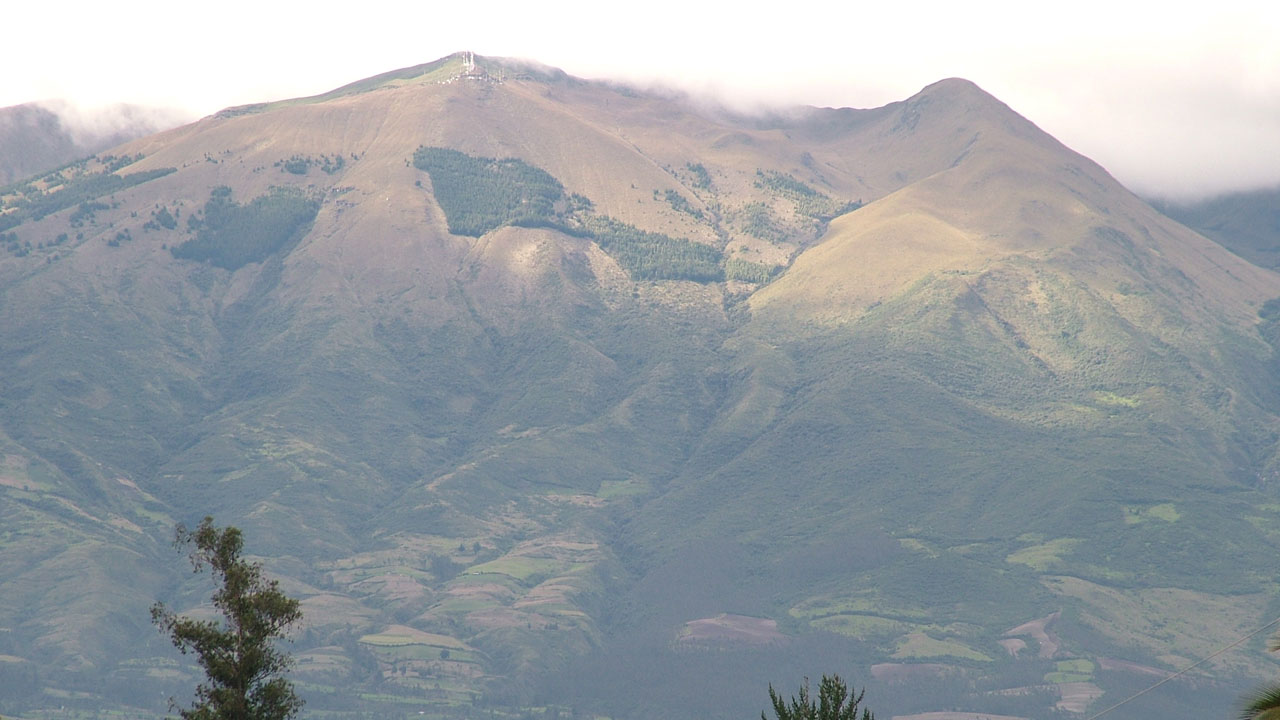Black Fly Season
A Yankee Notebook with Willem Lange
The late Wade Hemsworth is to Canada roughly what Willie Nelson is to the United States. In the summer of 1949, then a 33-year-old Canadian World War II veteran, he traveled north into the Ontario bush between Lake Nipigon and James Bay to work as a surveyor. From that experience came what is perhaps Canada's best-known lyric, immortalized with an animated film accompaniment and arranged by the peerless McGarrigle sisters. "The Black Fly Song." You can call it up on YouTube, but you probably can't watch and listen to it without itching and scratching.
During the past week I've noticed complaints about New England black flies, voiced mostly by people who've just mowed their lawns or taken their dogs for walks through the woods. My journals record an average appearance on May 6. This year it was April 27. They're back, pesky and early.
But you have no idea how bad they can be in the center of their kingdom, a vast swath of territory from the Canadian border northward all the way to beyond the Arctic Circle. And it's hard to imagine a job more vulnerable to their attacks than Wade's. Having to stand still and peer through a telescope at a distant rod and make notes on a pad – or for that matter, having to stand still while holding the rod – as literally hundreds of tiny, whining, biting flies swarm about your head and crawl into every crevice and opening in your clothing or skin, must take the patience of Job and the persistence of Sisyphus.
They're in the order Diptera, meaning they're "true flies," with two wings. There are several genera, the commonest being Simulium; and my favorite species, clearly named by a suffering scientist, is damnosum. They're so small it's hard to get a good look at them; but in profile, under magnification, I often tell people, they look like a six-legged bison with a hump, wings and a mouth full of knives. Their appetite for blood is insatiable, and their favorite targets, just as with mosquitos', are white, middle-aged, sweating, obese men. Strangely, you never hear people in that category, who often complain of being threatened demographically, grousing that they're being targeted by the humble Simulium, as well.
Apologists for the black fly – there are very few – like to point out that they are pollinators of the wild blueberry. That may be true, but I've never been able to verify it. If they have any redeeming value at all, it's that where you find them, the nearby streams are clear, clean, and flowing over pebbly bottoms.
Black flies in the far north are an important source of protein for migratory birds, who arrive at their nesting grounds just as the flies are hatching, sometimes in clouds so dense they look like mist. On our first northern trip, in 1989, we found the thickest swarms at the outlets of lakes, where all the invertebrates were being funneled into the current and the predators lurked. At a campsite at the outlet of Kathawachaga Lake, the yellow canoe of the three in our fleet was more than half-blanketed in flies. A video we shot there features flies swarming around the lens and making little fizzing noises as they strike the microphone. But they were mild compared to the swarms we encountered right at tree line on the Leaf River in Nunavik. They flew into every orifice; we inhaled and ingested them. Dudley tried to drink his soup through his bug net. And when I took off my pants to get into my sleeping bag, I discovered my shorts soaked with blood.
On the open tundra, where there's usually a wind, the flies hover to leeward of everybody's head, like a pulsating wind sock. Turn into the wind, and only a few will make it into your ears; face downwind, and your face is instantly full of flies. In situations like that, you stroll casually to windward of your nearest pal, and the worst of your troubles are briefly over, while his double. Once everybody catches on to what's happening, the scene begins to resemble a square dance. Everything but the music.
I discovered early on that neither black flies nor mosquitoes can fly across a cup of steaming coffee without crashing into it. Before long there's a raft of freshly steamed protein floating in your cup. It seems only fair to do to them what they were trying to do to you. To keep them away, an application of 100% DEET helps a little, but you have to be careful. The stuff melts sunglasses and fishing lines, and one sunny day burned holes in the back of my hand, which the two doctors in the group, clearly unmoved, soberly diagnosed as a case of galloping terminal necrosis, and gave me four more days, tops.
The caribou seek out large patches of snow, where the flies are less dense, and rest there when they can. Many men, on the other hand, have been driven mad by the incessant attacks and itching of the bites. There's nothing, really, to be done about them but grin and bear them – the operative word being "grin." Wade Hemsworth's song hits just the right note – "I'll die with the black fly a-pickin' at my bones" – and I cherish the memory of standing with my mates and downing a nutritious cup of hot Café Damnosum.
Return to the
Windows to the Wild
Main Page
WINDOWS TO THE WILD WITH WILLEM LANGE is generously supported by the Alice J. Reen Charitable Trust, John D. McGonagle Foundation, Bailey Charitable Foundation and Road Scholar.
Watch Online
TV Schedule
-
making tracks
Windows to the Wild
Thursday, 1/1 at 2:30 P.M. on EXPLORE -
new year's moosilauke hike
Windows to the Wild
Saturday, 1/3 at 10:30 A.M. on EXPLORE -
community outing
Windows to the Wild
Saturday, 1/10 at 10:30 A.M. on EXPLORE -
mountain safety
Windows to the Wild
Thursday, 1/15 at 8:00 P.M. on NHPBS
Learn More...
- Manchester Cedar Swamp Preserve
The Nature Conservancy
Podcast
Listen on your favorite podcast platform
Thanks to our podcast partner: The Marlin Fitzwater Center for Communication at Franklin Pierce University
















